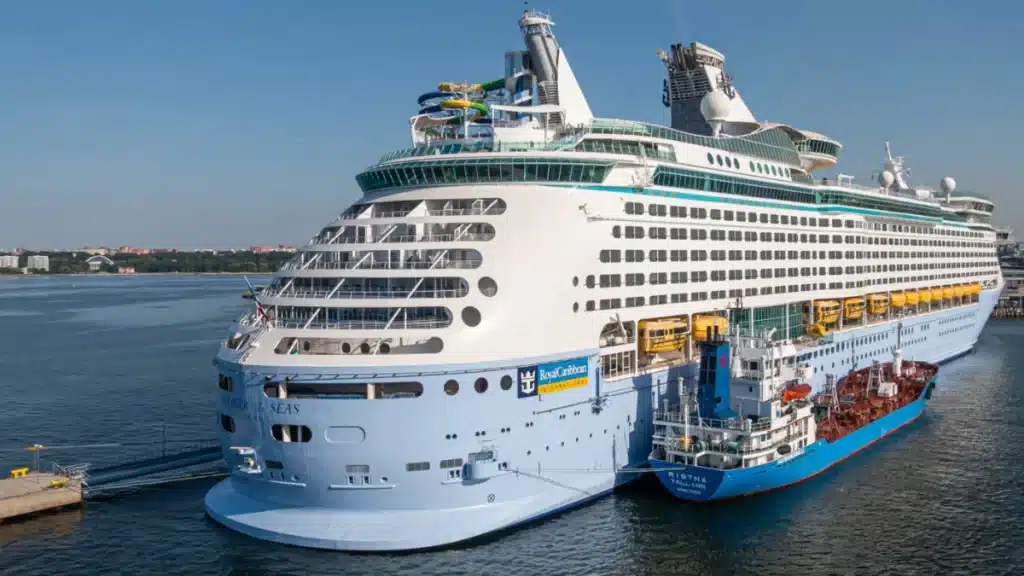Table of Contents
What Is the Fuel Consumption of a Cruise Ship? “Unveiling the Eco-Footprint of Cruise Travel” explores the complex connection between cruise ships’ fuel usage and emissions. Providing insight into the environmental effects of this well-liked form of transportation. In this detailed guide, we traverse the complicated topics of energy usage, pollution, and sustainable procedures in the cruise business. By revealing the enormous amounts of petroleum needed to run these floating towns. We hope to shed light on the ecological impact of cruise travel and encourage discussion on balancing modern-day leisure activities and environmental responsibility.
lets have a quick read on disney cruise drink package: Exploring Beverage Options
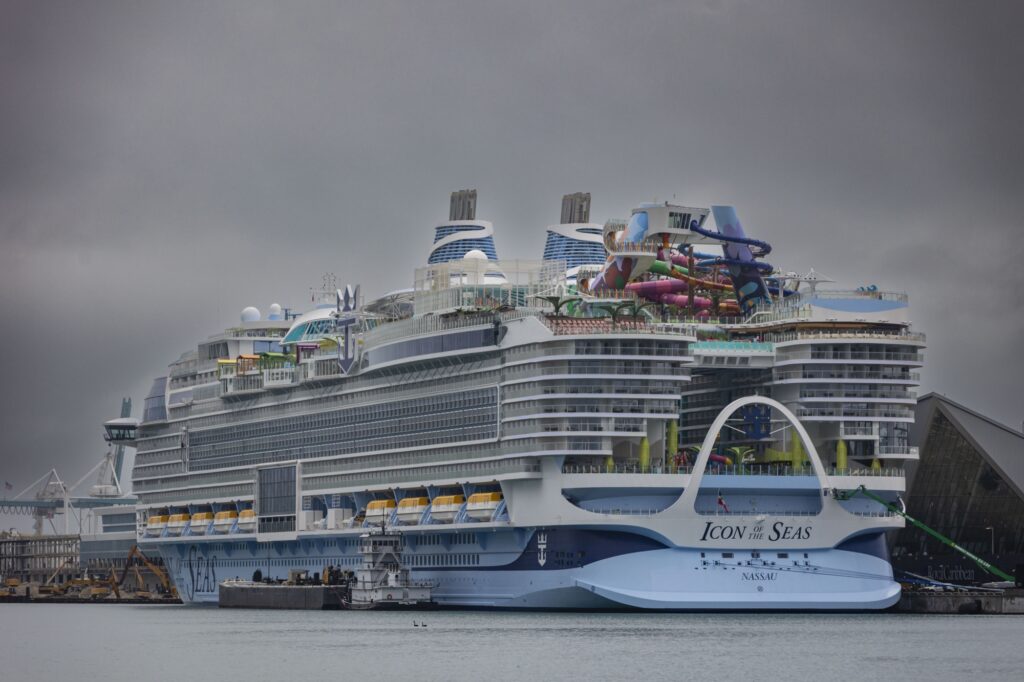
The Environmental Impact of Cruise Travel: Examining Fuel Usage
The environmental impact of cruise travel has drawn more attention, especially about fuel use. Knowing how much fuel a cruise ship uses and the environmental effects that come with it is one crucial factor. Cruise ships use various propulsion technologies; one popular option is diesel-electric propulsion. With this technology, electricity is produced by combining diesel generators, and that electricity powers electric motors, which propel the ship. Despite being considered more fuel-efficient than conventional diesel engines, they still require large amounts of fuel.
A cruise ship’s fuel consumption is measured using several variables. The size of the boat is essential since larger ships usually need more power, which results in higher fuel consumption. On average, a cruise ship can carry hundreds of thousands of gallons of fuel. Allowing for continuous sailing for long stretches of time. However, the sheer amount of fuel used contributes to environmental decline and climate change by generating worries about greenhouse gas emissions, air pollution, and marine pollution.
There are initiatives to lessen the adverse environmental effects of ship travel. Emissions reduction technologies. Such as cleaners for exhaust gases and LNG, or liquefied natural gas, are being implemented as alternative fuels. Enhancing fuel efficiency is another goal of propulsion systems and hull design advancements. Cruise lines are investing in environmentally friendly operations due to regulatory authorities enforcing higher limits on emissions and trash disposal.
Although there has been progress, there is still great worry about how cruise tourism affects the environment. To lessen the adverse effects and guarantee sustainable cruising for future generations, research, innovation, and regulatory actions must continue. The future of cruise travel depends on how well it balances environmental responsibility and the attraction of oceanic exploration.
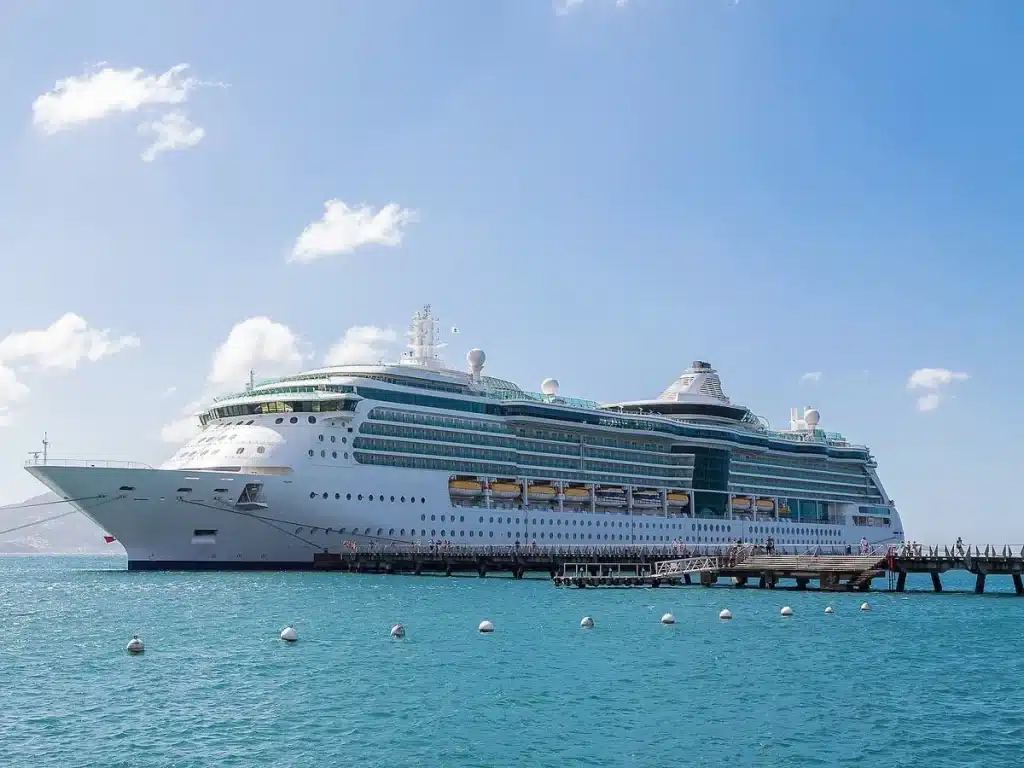
Understanding the Eco-Footprint: Quantifying Cruise Ship Fuel Consumption
A key aspect of determining cruise ships’ environmental impact is measuring fuel a cruise ship use. Which is necessary to comprehend their eco-footprint. Massive cruise ships that can accommodate thousands of passengers and staff require enormous fuel to power them across large oceanic stretches. In addition to economic concerns, “how much fuel does a cruise liner use” is essential for environmental sustainability.
The propellers on cruise ships are powered mainly by fossil fuels. Especially heavy fuel oil, which also provides the electricity required to run the ship’s services and facilities. Given the scope of their operations, enormous amounts of fuel are needed; larger ships can use up to tens of thousands of gallons daily. As a result, excessive consumption greatly increases the release of greenhouse gases, air pollution, and ocean pollution.
Accurately measuring fuel use is essential for evaluating cruise ships’ environmental impact. It enables participants to assess propulsion systems’ effectiveness, pinpoint areas needing development, and create plans to lessen environmental damage. Furthermore, by comprehending fuel use, the industry can adjust toward more environmentally friendly options as the world moves toward renewable energy sources and more stringent environmental restrictions.
Propulsion technology developments, alternative fuels like liquefied natural gas (LNG), and the installation of energy-efficient procedures onboard are all part of the ongoing efforts to reduce fuel consumption and emissions in the cruise sector. Ongoing innovation, industry stakeholder collaboration, and a dedication to sustainability are necessary to achieve meaningful savings.
Measuring the fuel used by cruise ships is essential to comprehending and reducing their environmental footprint. By tackling this issue, the travel industry can continue to provide customers throughout the world with unmatched travel experiences while advancing towards a more sustainable future.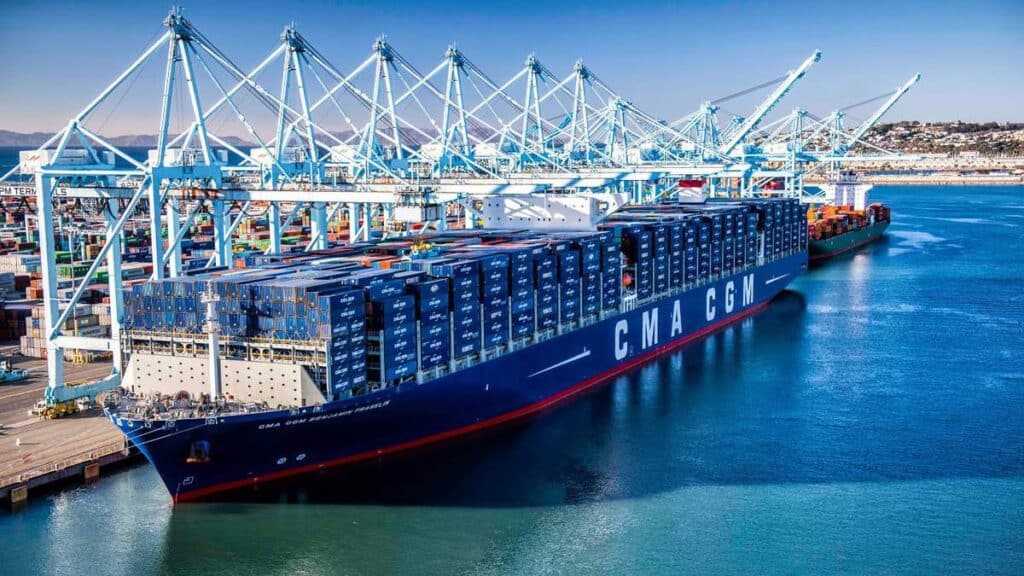
Factors Affecting Fuel Consumption: Routes, Ship Size, and Speed
Several factors influence fuel usage in maritime transportation, especially for cruise ships. These factors include ship size, speed, and routes. How these elements interact impacts how effective maritime operations are and how they affect the environment. and how much fuel a cruise ship use
The choice of route has a major impact on fuel usage. Optimized routes that include variables such as traffic density, weather patterns, and ocean currents can reduce fuel use by lowering resistance and lengthening journey times. On the other hand, lengthier or less advantageous routes can need more fuel to stay on schedule.
Another critical factor is the size of the ship. Larger ships usually have economies of scale, meaning they need less fuel to move a given amount of cargo or passengers. However, larger vessels do come with higher operating and starting expenditures. Furthermore, because of their enormous capacity, mega cruise ships, although efficient in fuel use per passenger, add considerably to the total amount of petroleum used.
Navigating Efficiency: Factors Affecting Fuel Consumption in Cruise Operations
Fuel usage is directly impacted by a variable called speed. Because higher speeds need more power and resistance, fuel consumption is also usually higher. Operators frequently strike a compromise between fuel economy and speed by considering things like passenger preferences, schedule restrictions, and environmental laws.
A cruise liner’s fuel consumption can vary significantly depending on these variables. Even with their enormous size, modern cruise ships are built with fuel-efficient features like cutting-edge propulsion systems and performance-enhancing ship designs.
Not to mention that using electricity for auxiliary purposes is becoming increasingly common in the nautical sector. Although ships’ propellers are typically powered by fossil fuels, using electric power for non-propulsion components can lower fuel consumption and pollution.
In summary, various intricately interacting elements, such as routes, ship size, speed, and the adoption of electric power technologies, impact fuel consumption in maritime transportation, particularly cruise liners. Optimizing these variables is essential to improving the maritime industry’s sustainability and efficiency.
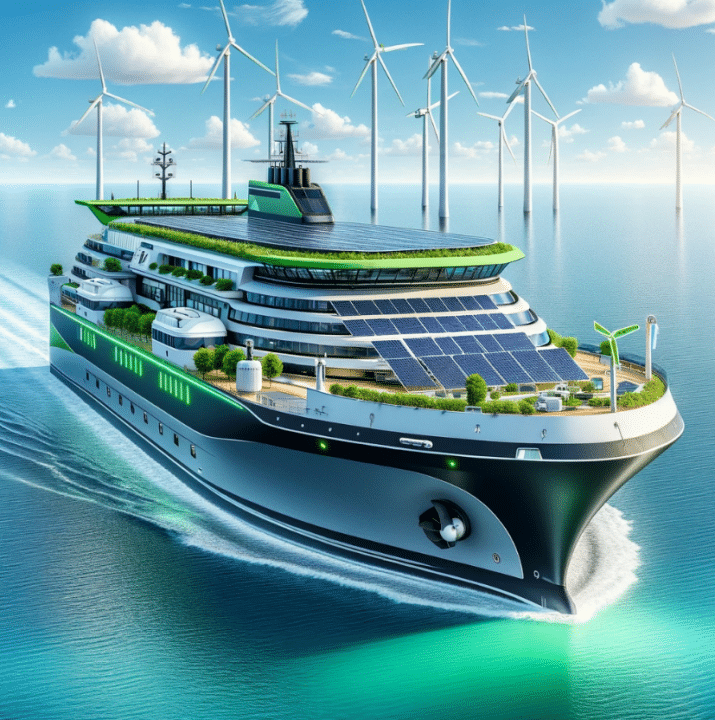
Mitigating Environmental Impact: Innovations in Cruise Ship Fuel Efficiency
Mitigating cruise ship environmental impact is urgently necessary because they substantially contribute to water and air pollution. Fuel-efficient cruise ship innovations are essential to solving these environmental issues.
Cruise ships have historically used a lot of heavy fuel oil (HFO), which pollutes the air and water due to its high sulfur dioxide, nitrogen oxides, and particulate matter emissions. However, the use of cleaner fuel substitutes, such as liquefied natural gas (LNG) and marine diesel oil with reduced sulfur content, has increased recently. LNG has become more popular because it emits fewer pollutants and carbon gases than traditional fuels.
Cruise lines are investing in LNG propulsion system upgrades for their current fleet and in the construction of new ships. Engines driven by LNG have higher fuel efficiency, which lowers pollutants and fuel consumption. Advancements in energy management systems, structural optimization, and engine design allow cruise ships to operate more sustainably. These developments also improve fuel economy.
Towards Environmental Sustainability: The Role of LNG and Efficiency Measures in Cruise Operations
Enhancements in LNG bunkering infrastructure and fuel capacity are also essential to the general acceptance of LNG as a marine fuel. Due to the expansion of LNG bunkering facilities in major ports worldwide, cruise ships can now refill with LNG, making longer trips and decreasing dependency on conventional fuels possible.
Furthermore, improving cruise ship operations, such as implementing effective routing and sailing at a slower pace when practical, can greatly reduce fuel consumption and emissions. Cruise ships frequently run at maximum speed to fulfill strict deadlines, but it’s crucial to take a more measured approach that prioritizes fuel economy and environmental sustainability.
In a nutshell, the implementation of LNG and improvements in engine technology, together with other fuel efficiency developments, are critical to reducing the negative environmental effects of the cruise sector. A more environmentally friendly future for cruise travel is attainable with coordinated efforts from cruise lines, authorities, and industry participants.
